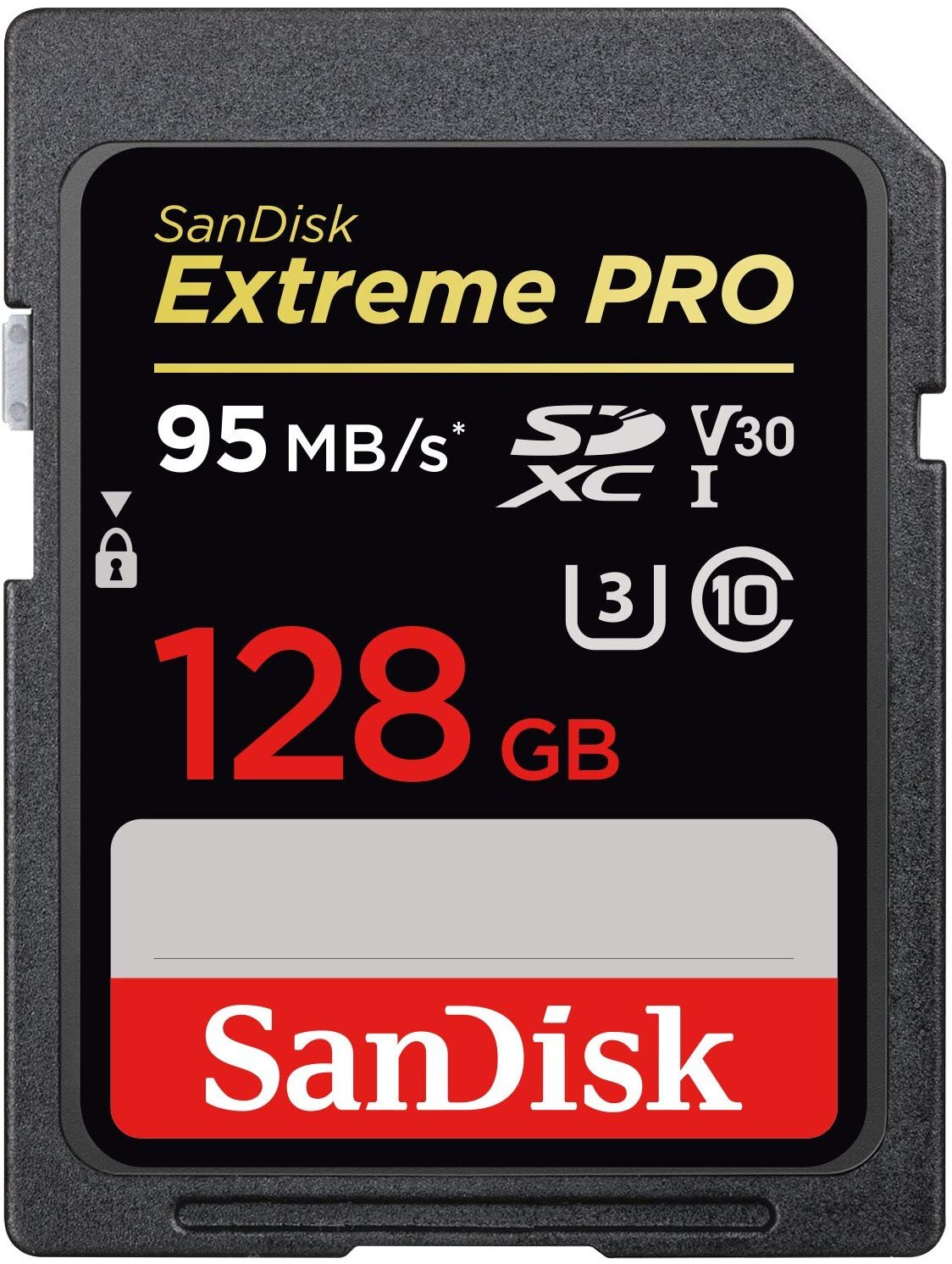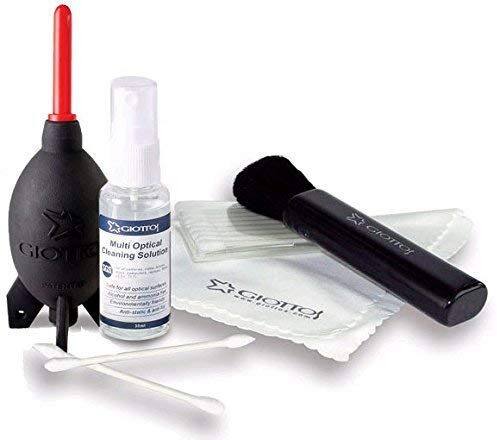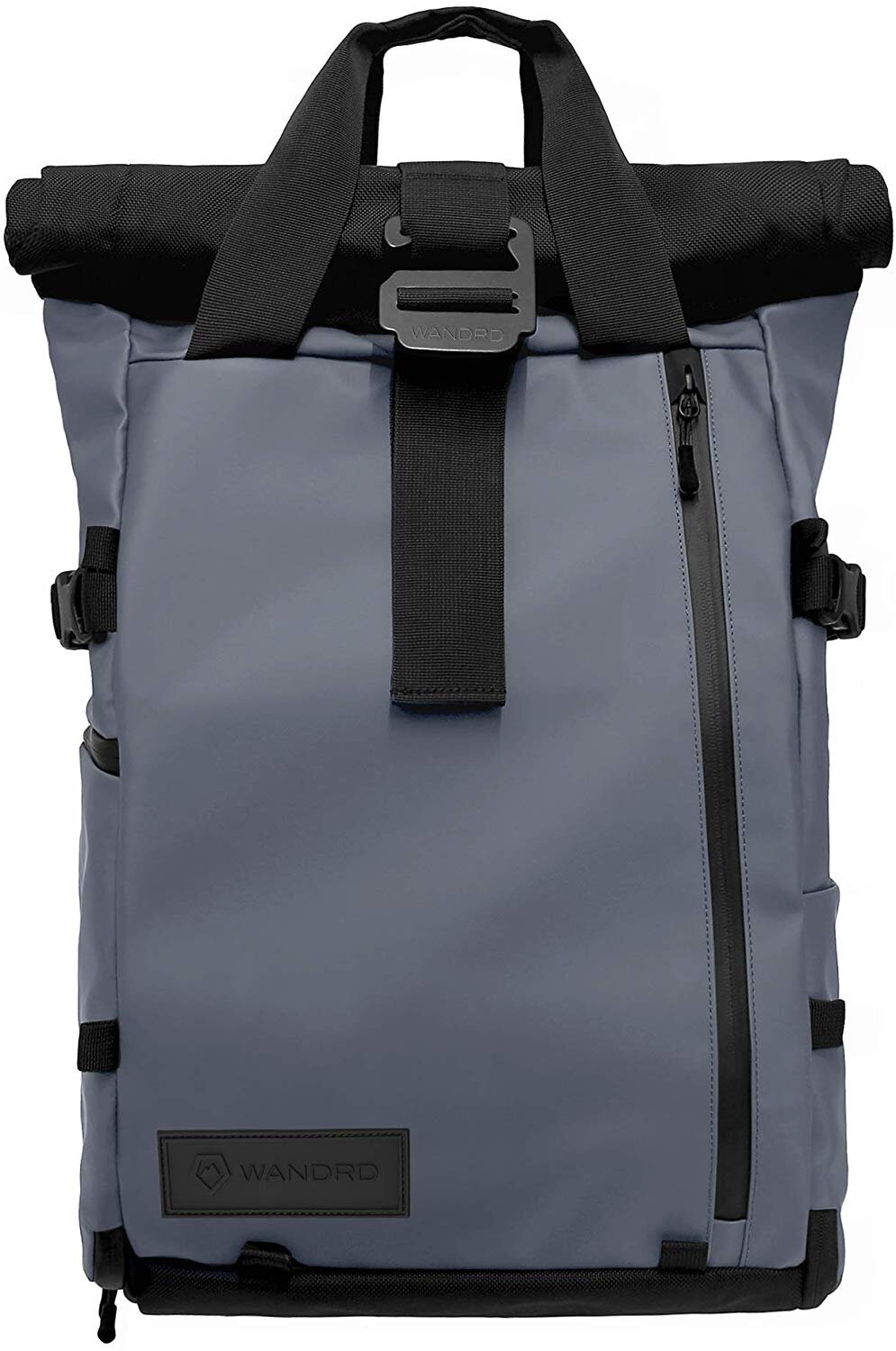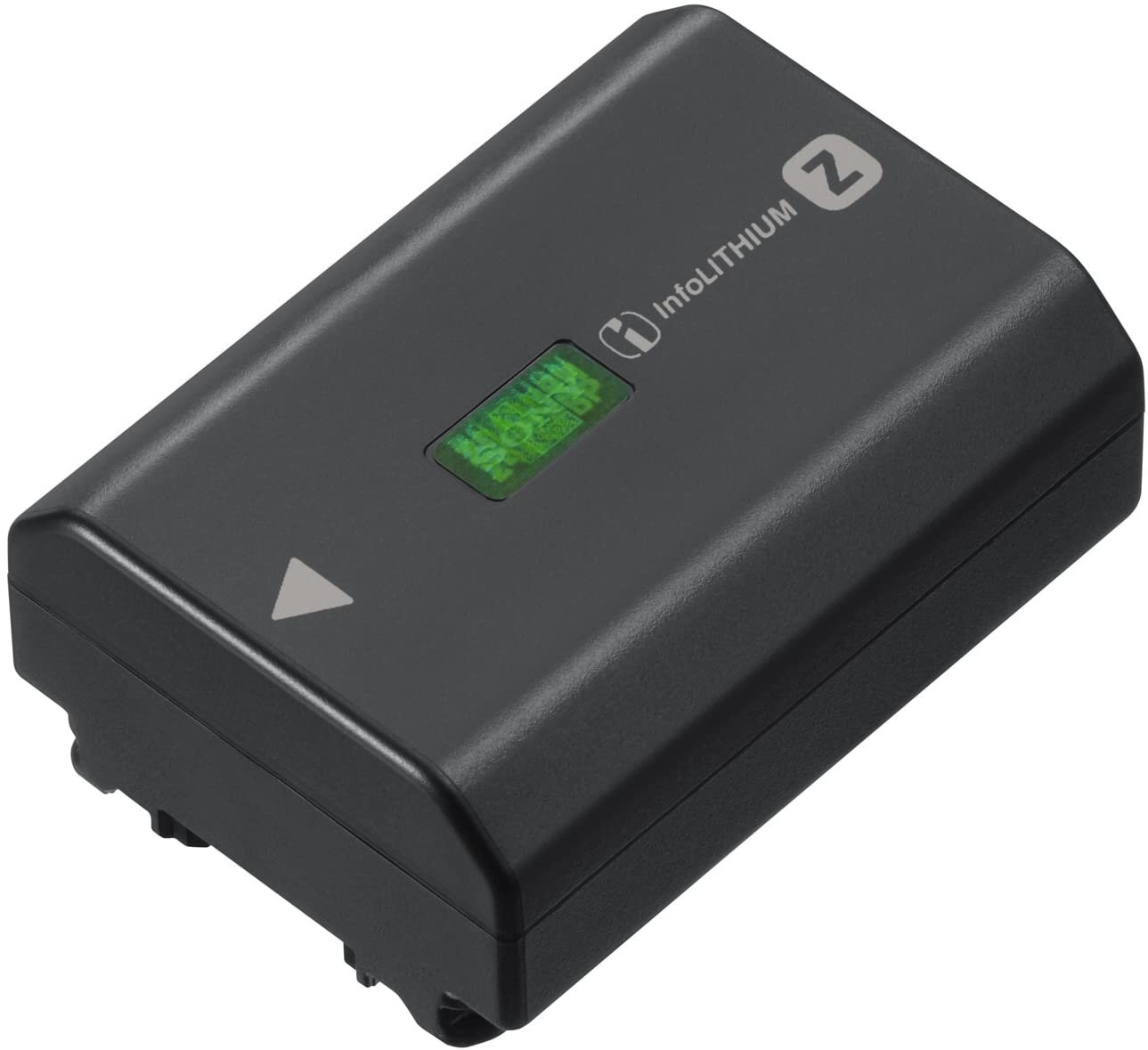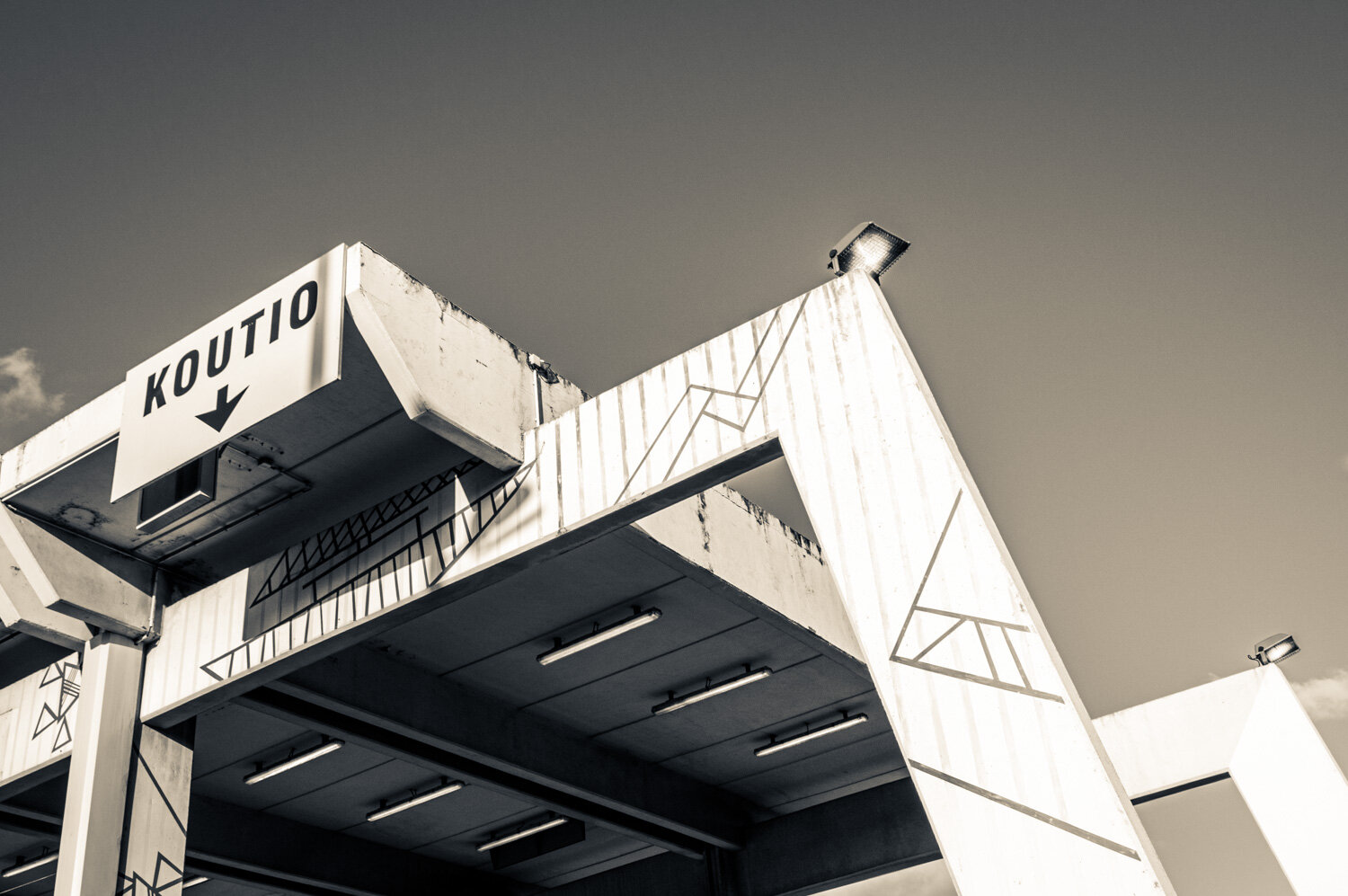This is the first time I’ve been out shooting since the end of lockdown. It felt good to be out concentrating and putting my total attention on one thing. I’ve wanted to photograph this roundabout for a long time now, well, since 2016 after I successfully captured the Ko We Kara roundabout for a local contest. I finally got my image but…
… the view point is all wrong. I think the better spot, and I can’t confirm this as it’s in a closed off area, would be on top of the hill located on the other side of the roundabout to the left. From that vantage point I’d have a view of the roundabout and the Belle Vie shopping mall behind it and not to the right, out of sight, like in this image. I will check that hill out again in hopes of finding a spot to reshoot this roundabout.
Belle Vie roundabout is a major intersection in Noumea. From it you can head into the city, the southern suburbs, northern suburbs or head out of the Noumea altogether. To the left, just out of sight, is the Néobus depot, our new bus line that runs from Koutio to the City centre. To the right, just out of sight as well, is the Belle Vie shopping mall. In the mid-right of the roundabout is Magenta Discount and Magenta Bazar. Behind the trees and roundabout is Cheval Distribution, a pet and animal shop. Beyond the left and right of the image are petrol stations and cemeteries. Check out this blog post for a photo of the beautiful cemeteries we have here and, if your interested, a time-lapse over the same cemetery.
This image was made from three photos. A main photo which included the foreground, most of the light trails and the mid-ground. The second photo was taken five minutes before the main photo and used to replace the sky. And the third photo was used to add light trails at the bottom left of the road and over the ghost cars. The blending was done in Photoshop and the editing in Lightroom.
Though I wanted a blue hour image, I start shooting at sunset and straight through blue hour. Glad I did because the photo I used for the sky was shot at the end of golden hour and the beginning of blue hour. Two out of the three images were 30 second exposures and I achieved that by using LEE Filters’ Little Stopper, a 6 stop neutral density filter. I needed the Little Stopper to get the light trails but as you can see in the photo, the cars were stopped long enough to be captured as ghosts. Love that effect though.
As I mentioned above, I think a better shot would be from the other side of the roundabout but I also think a higher perspective and wider angle lens would make for a better, more captivating image.



